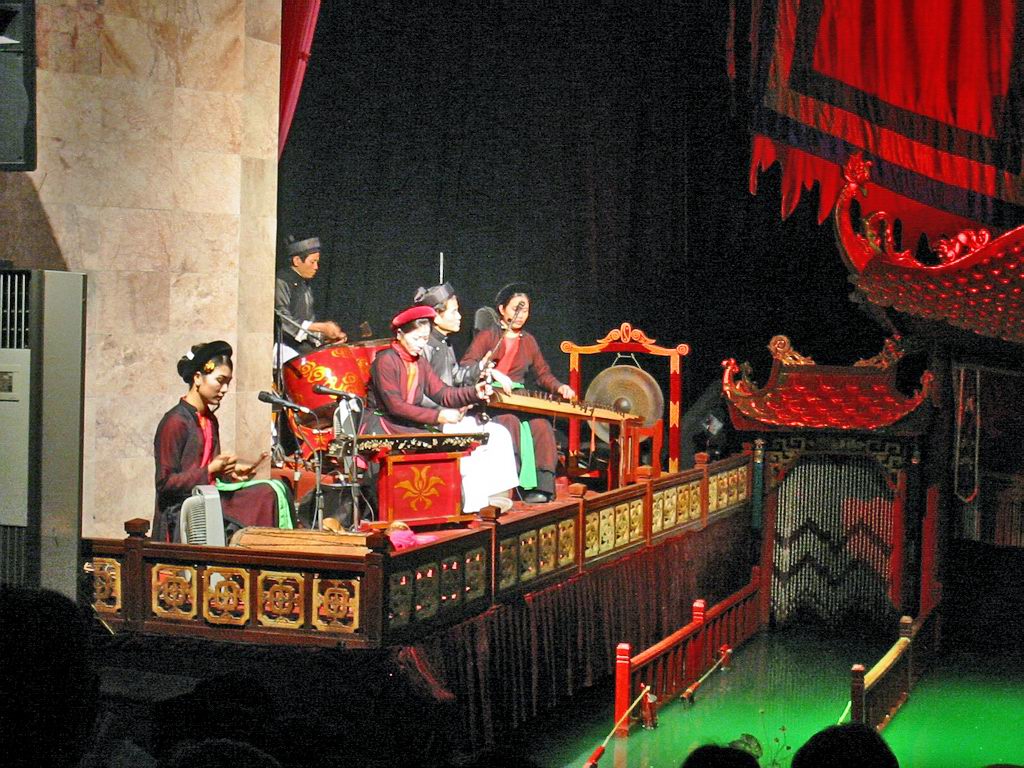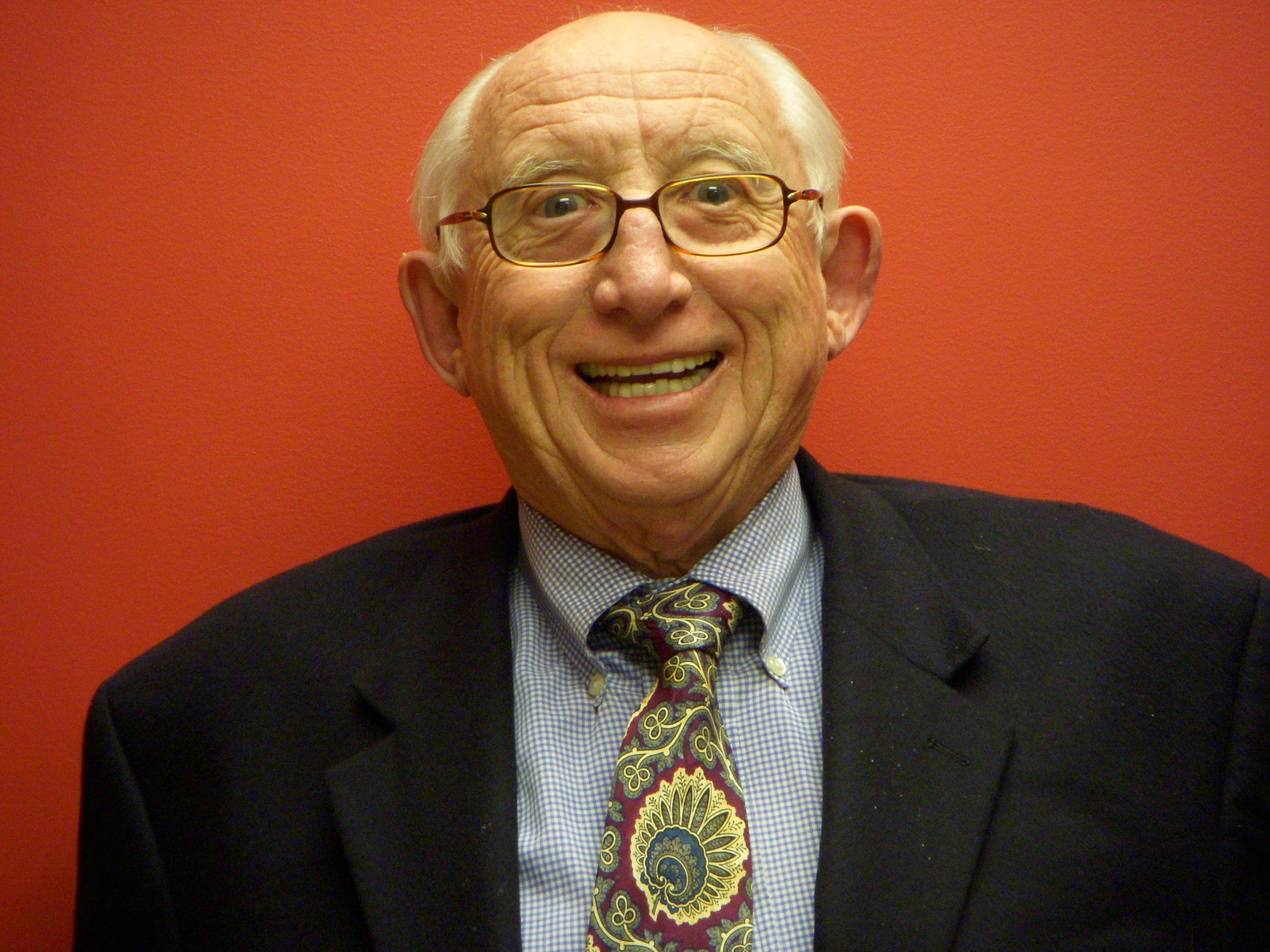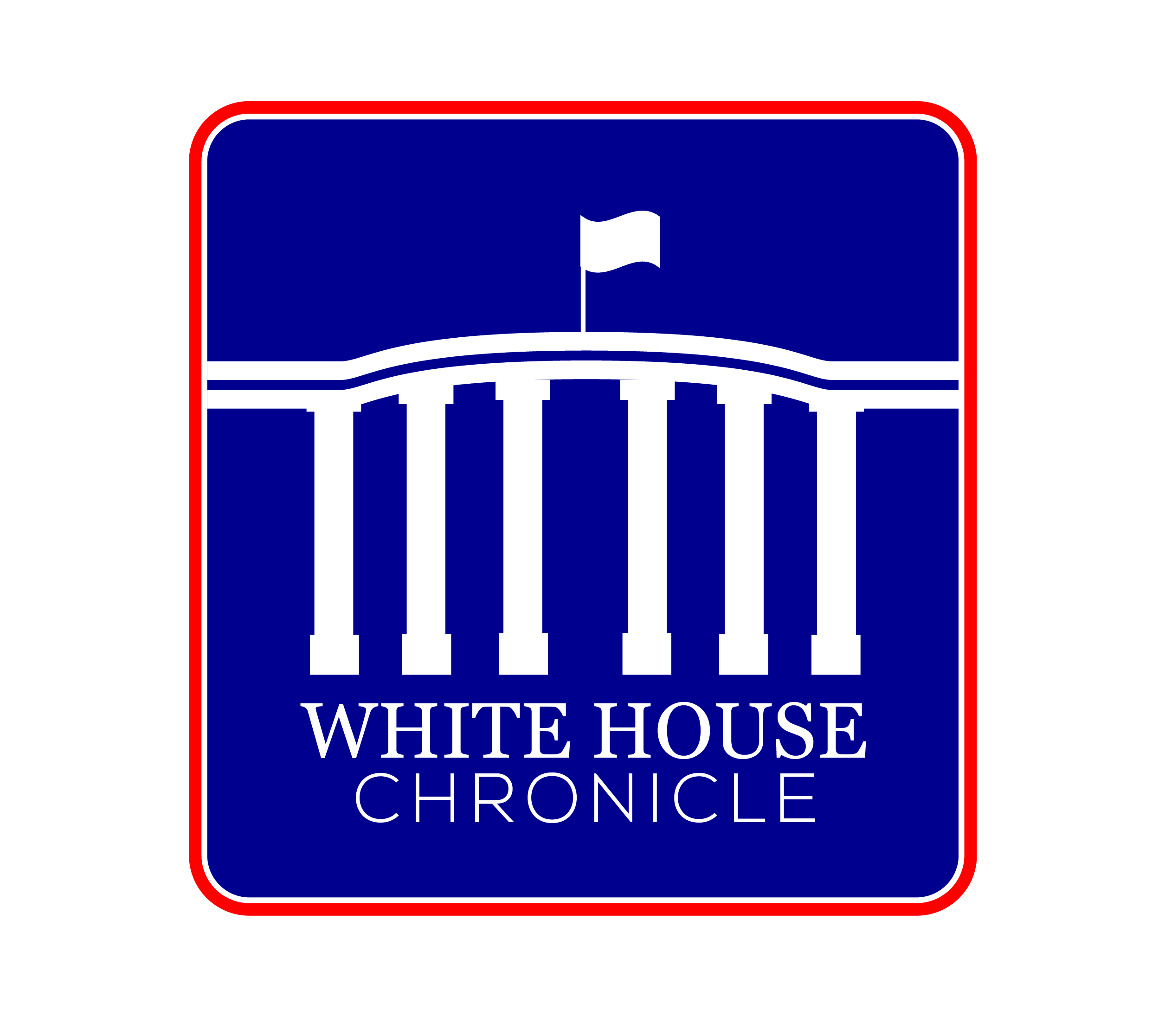The case for saving Detroit is lame. The case for letting the three domestic car companies fail is terrifying. Good choices, there are none. It is reasonable to expect a third way to be proposed, but it has not yet. It is urgently needed.
The nation needs a capable domestic vehicle manufacturing base for defense capability; but does it need three moribund companies that have lost their way, compared to their global rivals who are, in some cases, manufacturing competitively in the United States.
When a choice between two is too fraught, the need is another option. Fail or nationalize is too stark a choice. Something else is needed and the time-honored option is to appoint a commission to weigh the assets of the car companies and to decide on how they can be capitalized upon.
The three domestic vehicle manufacturers, which are far from being wholly domestic, do have assets, mostly overseas–especially General Motors and Ford. For decades, their operations in Europe have been prosperous. For more than 20 years, Ford has looked to Europe for its profits and GM has been enormously successful in China and Russia and with its German subsidiary.
It is one of the mysteries of the automobile world that Japanese and German manufacturers have been able to bring to America successful cars first marketed somewhere else, but the Big Three have not. Never was this more apparent than after the first oil crisis in the l970s. Detroit did try to meet the demand for smaller cars but by producing some ghastly lemons: cars with a poor power-to-weight ratio, while the Japanese and the Germans simply upped their imports of proven cars. The choice between the Ford Pinto and Volkswagen Rabbit was no choice. Remember the Chevrolet Chevette? Bet you’d rather not.
But at the time a whole crop of lemons was coming out of Detroit, the same companies were making excellent small cars in Europe: GM under the Opel name in Germany, Chrysler as Simca in France, and Ford under its own name in England. Why did these companies have to make small cars from the bottom up in America? I have asked this question many times and have received no good answer. Only guff about the American consumer being different. Put that in your Toyota and smoke it.
A bailout on the basis now being discussed has another problem. If Congress directly finances the Big Three, it is only a matter of time–a short time–that Congress will be designing cars. That will guarantee catastrophe.
If you doubt it, look what happened to the motorcycle industry in Britain. As company after company fell to the twin evils of bad management and Japanese competition, the government, under the socialist leader Wedgwood Benn, stepped in to consolidate the one proud and dominant world of British motorcycles—marques like Aerial, BSA, Matchless, Norton and Triumph were swept together to make the super British bike. The only thing missing from the mix were the customers; they bought Hondas, Suzukis and Yamahas.
There is an old joke about a refusenik family that resettled in Israel. They wanted to operate a shoe shop and the Jewish Agency, which handled such things, provided them with a great little emporium, complete with stock. They were delighted. A month later, the father was back at the agency. “We have a small problem,” he said. “You forgot to order our customers.”
The empirical evidence is not reassuring that American consumers will again want to buy from Detroit’s finest.










